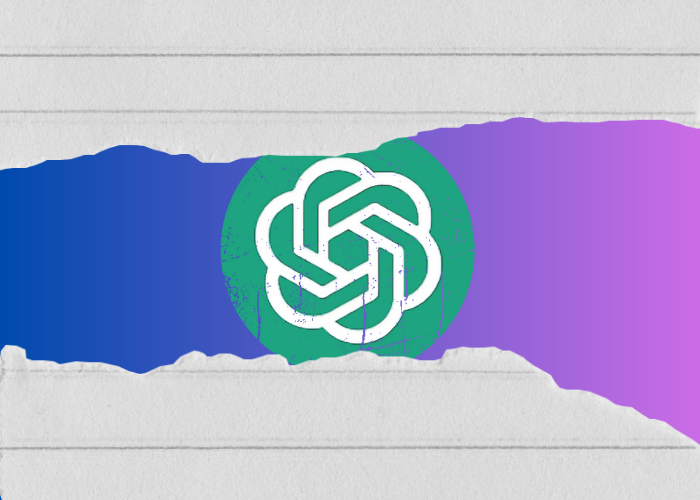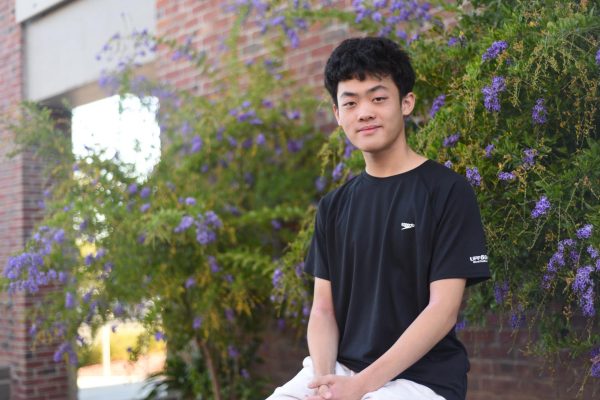CheatGPT: Is it time to kill the essay?
As usage of AI chatbots becomes widespread, schools will have to adapt
The rise of AI chatbots such as ChatGPT has educators concerned about the potential for students to use these tools as a means to cheat.
March 21, 2023
Hello ChatGPT. Please write a paragraph analyzing the various reasons, justifications and/or methods The Party uses to isolate characters in George Orwell’s book 1984. Show how this isolation connects to the importance of human connections to incite change amidst governmental power and control. Begin with a claim, and quote specific evidence from the book to support your response.
In a matter of months, ChatGPT has upturned the way people work. Released by San Francisco-based startup OpenAI, the chatbot has amassed over 100 million monthly active users. One poll found that over 60% of college students use it on more than half their assignments, and 95% of MVHS students have heard of ChatGPT. It is no surprise that the use of the AI tool to cheat on writing assignments is becoming an issue for schools, like MVHS and New York City public schools, who have moved to ban AI chatbots and detect AI-generated text.
Similarly, teachers are increasingly worried about the cheating and plagiarism that could come out of AI-generated text. While ChatGPT may produce inaccurate results, it often succeeds at simple tasks when given the information it needs, like specific parts of texts or claim structures to use.
Despite the ongoing efforts to combat AI chatbots, a ban at MVHS won’t solve the problem. ChatGPT can just as easily be accessed at home. Services like turnitin.com and OpenAI itself are working on detection capabilities, but the rapid development of AI technologies means that, according to the policy director at AI startup Hugging Face, “detection models just can’t keep up.” Even if AI-text can be detected, students can still paraphrase or steal ideas produced by AI text models.
It seems like the odds are stacked against educators. It is now up to schools like MVHS to decide what to do in the face of ChatGPT. As with any new technology, the knee-jerk reaction of many school administrators will be to quickly fence off AI chatbots, but this isn’t a long-term solution. Given the growing investment in AI technologies ($176 billion in 2021 alone) and increasingly accessible nature of chatbots, bans will ultimately be futile. We have to consider another option — adaptation. That might mean changing how we approach essays and other writing assignments that have been embedded into school curricula for decades.
One such alternative is to prioritize classroom discussions and debates, which can help develop critical thinking skills and foster a dynamic exchange of ideas to allow students to engage meaningfully in topics, especially those that may be considered taboo. While ChatGPT may succeed at generating writing that appears to be human-authored, it lacks the depth and nuance of authentic human discourse. MVHS has been making strides in creating a more discussion-based classroom environment in recent years, but expanding these efforts, especially for schools nationwide, would be a direct challenge to ChatGPT, forcing students to use their heads.
Another approach is to have students create multimedia projects like podcasts and videos. This approach forces students to think creatively about how to convey their understanding of a topic and embrace mediums outside of writing, which ChatGPT can’t yet tackle. Honing students’ media production skills is increasingly valuable with the ubiquity of digital media, and multimedia formats are less susceptible to manipulation by AI chatbots for the foreseeable future.
Of course, many educators will argue that the essay remains an essential form of communication, and they are not wrong. The written word has a power and eloquence that cannot be understated. However, removing our reliance on the traditional essay doesn’t mean that writing has to cease entirely. Paragraph responses can occur in-class and be handwritten, forcing students to refine their writing skills without the assistance of AI. In fact, embracing this form of writing could be more reflective of college expectations, as one author writes that college essays are typically envisioned as an original piece of knowledge synthesized from evidence, while the typical five-paragraph essay required of high schoolers is more formulaic.
If school districts decide to move in this direction, perhaps we can take an even bolder step — embracing the AI tools that are causing controversy. The London School of Economics and Political Science suggests AI could be used in the classroom to generate writing that students can critique and rewrite. This approach could provide students from traditionally disadvantaged groups a scaffold to build up their writing. It also provides an unparalleled opportunity to learn from their mistakes in real-time whenever they need it. Similarly, students can use AI chatbots to overcome writer’s block and generate ideas to bolster creativity.
Even in areas outside of writing, ChatGPT could play a role in making education easy to access. The simple prompt of “Explain this concept to me like an 11-year-old” simplifies complex ideas to an understandable level, and asking follow-up questions could provide more in-depth explanations in an instant. AI chatbots could become students’ personal tutors, making after-school help something that can be accessed by all students nationwide, rather than only those who have access to expensive tutoring services.
We are heading face-first into what the World Economic Forum calls the “Fourth Industrial Revolution” with AI, and it is up to schools like MVHS to determine the role of these AI tools in the classroom. The reality is that banning AI or ramping up efforts to detect AI-generated text won’t work. Rather than outright rejecting tools like ChatGPT, we need to use this as an opportunity to diversify our curriculums and create classroom environments that reflect the digital world. These tools are also providing an opportunity that we have never had before to close the learning gap and democratize the playing field of education. As was the case with the internet, the key will be to approach these tools with an open mind, and that may mean moving away from what has long been considered the gold standard of written communication: the essay.


















